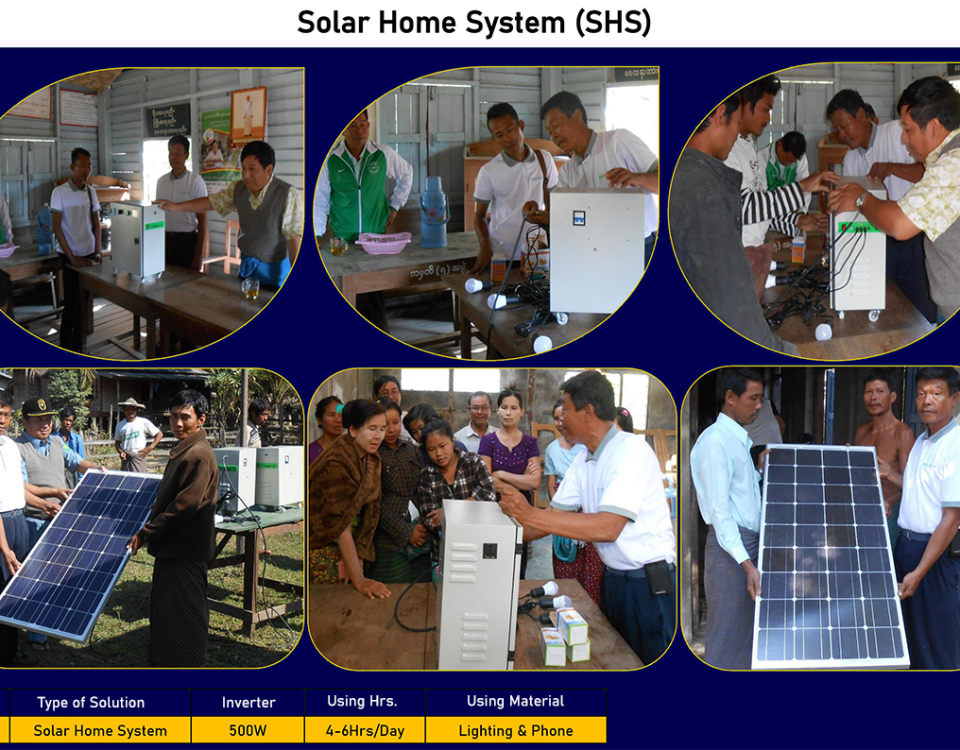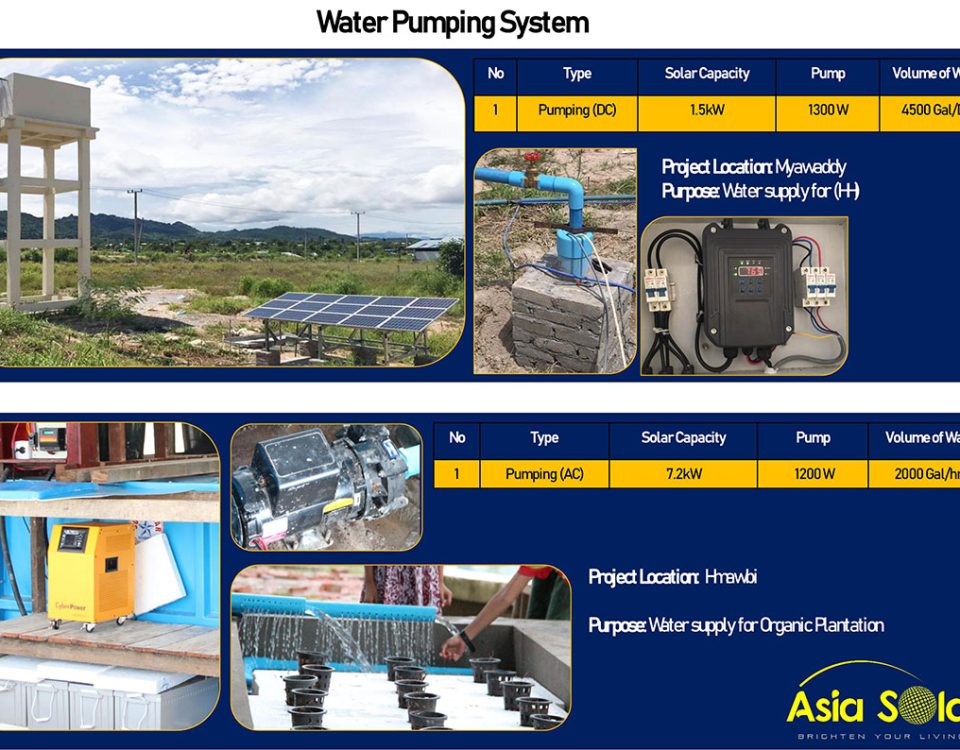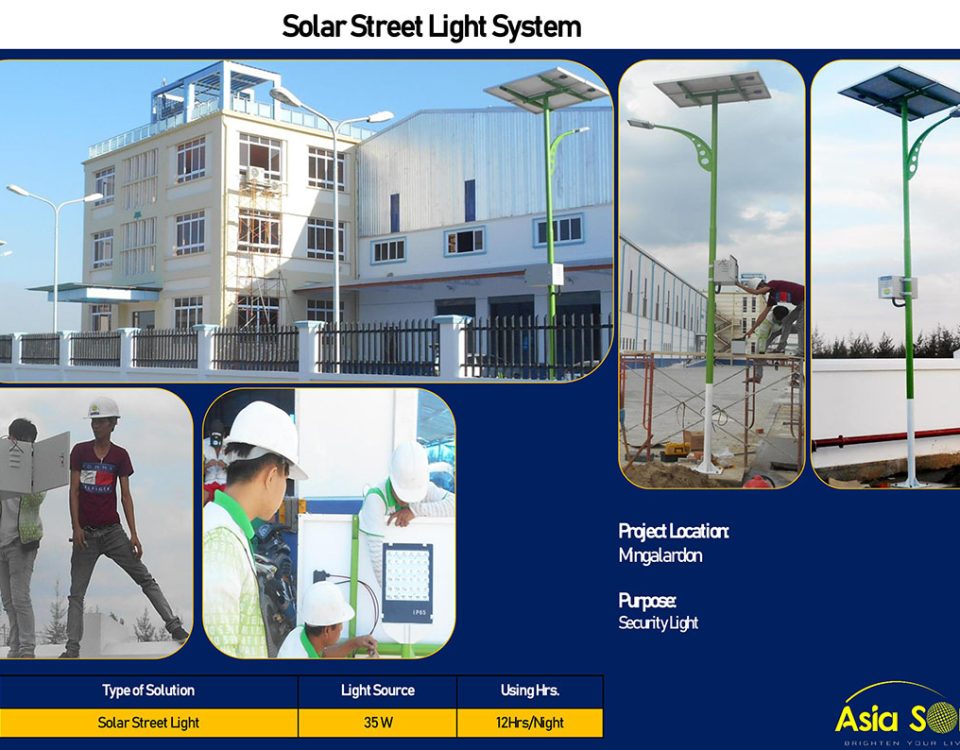- [ BRIGHTEN YOUR LIVING ]
- 09 4211 23195,
- [email protected]
Waste Water Management

Solar-wind hybrid turbine
January 8, 2019
Solar home systems
January 8, 2019Wastewater (or waste water) is any water that has been affected by human and animal use. Wastewater is “used water from any combination of domestic, industrial, commercial or agricultural activities, surface runoff or stormwater, and any sewer inflow or sewer infiltration”.[1] Therefore, wastewater is a byproduct of domestic, industrial, commercial or agricultural activities. The characteristics of wastewater vary depending on the source. Types of wastewater include: domestic wastewater from households, municipal wastewater from communities (also called sewage) or industrial wastewater from industrial activities. Wastewater can contain physical, chemical and biological pollutants.
Households may produce wastewater from flush toilets, sinks, dishwashers, washing machines, bath tubs, and showers. Households that use dry toilets produce less wastewater than those that use flush toilets.
Wastewater may be conveyed in a sanitary sewer which conveys only sewage. Alternatively, it can be transported in a combined sewer which includes stormwater runoff and industrial wastewater. After treatment at a wastewater treatment plant, the treated wastewater (also called effluent) is discharged to a receiving water body. The terms “wastewater reuse” or “water reclamation” apply if the treated waste is used for another purpose. Wastewater that is discharged to the environment without suitable treatment causes water pollution.

In developing countries and in rural areas with low population densities, wastewater is often treated by various on-site sanitation systems and not conveyed in sewers. These systems include septic tanks connected to drain fields, on-site sewage systems (OSS), vermifilter systems and many more.




